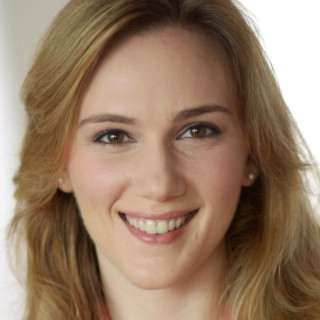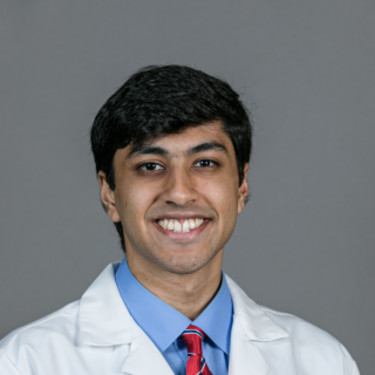
Ascorbic acid is having a moment. Pinterest searches for vitamin C in skincare soared 3,379% in 2017 with Glamour magazine hailing the citrusy stuff – omnipresent in moisturizers, masks, and serums – the “hottest skincare trend for 2018.” But long before topical vitamin C was the subject of research on everything from photoprotection to depigmentation, oral vitamin C — or lack thereof — was important in dermatology, as the struggle to understand scurvy paralleled the emergence of modern medicine and research.
Humans are nearly alone among plants and animals in requiring but not producing this bulwark of collagen synthesis and thus relying on diet to get enough. Consequently, the perifollicular hemorrhages, corkscrew hairs, and other signs now understood to stem from its deficiency have long plagued us. Ancient Egyptian skeletons show changes consistent with scurvy. Hippocrates, Pliny, and Galen described the malady. Thirteenth-century army barbers resected bits of hypertrophied gingiva to ensure that scorbutic Crusaders could eat.
Once called purpura nautica after the ecchymotic lesions that stained sailors whose diets were deadlier than the enemies they encountered at sea, scurvy reached pandemic proportions during the Age of Sail. Appearing after as little as 3 months of vitamin C deprivation, it killed approximately 2 million sailors from the 15th to 18th centuries, including two-thirds of Vasco da Gama’s 1499 crew en route to India and 80% of Magellan’s sailors on his 1520 Pacific crossing. Ship captains and naval doctors recommended a variety of remedies: malt, bloodletting, even “earth bathing,” in which sick sailors were submerged in soil, an effort to recreate the return ashore that so often heralded a recovery. In 1622, English admiral Sir Richard Hawkins observed that “sower lemons and oranges” seemed to help.
A century passed before someone studied that idea, when James Lind, the HMS Salisbury ship doctor, conducted perhaps the world’s first clinical trial, producing his now-famous 1753 “Treatise on Scurvy.” Mustering a dozen scorbutic sailors, he divided them into six groups of two. Each pair got a different potential treatment, including vinegar, seawater, and — lucky group! — oranges and lemons. By the time they ran out of fruit three days later, the citrus group had recovered. (The British Institute of Naval Medicine crest bears a lemon tree in Lind’s honor.)
Unfortunately, it took years for packing citrus in the supply hold to become standard on long expeditions — perhaps partly because Lind himself did not recommend it. After 4 pages detailing his experiment, he wrote 450 more speculating on other potential treatments for scurvy, including fresh air and exercise. Scurvy afflicted arctic expeditions, notably excluding two led by the Canadian Vilhjalmur Stefansson in the early 1900s: observing that scurvy spared Inuits, he adopted their practice of eating meat and fish raw — thereby preventing vitamin C from being destroyed by cooking.
Not until the early 1930s did Hungarian biochemist Szent-Gyorgyi discover the etiology of scurvy through a Lind-style experiment on guinea pigs. He purified the ingredient that kept the rodents alive, changing its name from hexuronic acid to ascorbic acid after its anti-scurvy properties and winning a Nobel Prize.
Since then, of course, scurvy has continued to strike on land and sea. Recent research suggests up to 40% of ICU patients with septic shock have serum vitamin C levels consistent with scurvy. It may afflict up to 45% of refugees dependent on food aid and 5% of the population even in industrialized countries. Which means at least for some patients, the best thing they could do with that fancy vitamin C serum is drink it.
Laura Fitzpatrick, MD is a resident physician in dermatology at
Northwell Health in New York. A Weill Cornell Medicine grad, she was a
full-time writer and reporter for TIME magazine before starting
medical training. Laura is a 2018–2019 Doximity Author. You can follow
her on Twitter @L_Fitzpatrick and on Instagram @nydermdoc.







